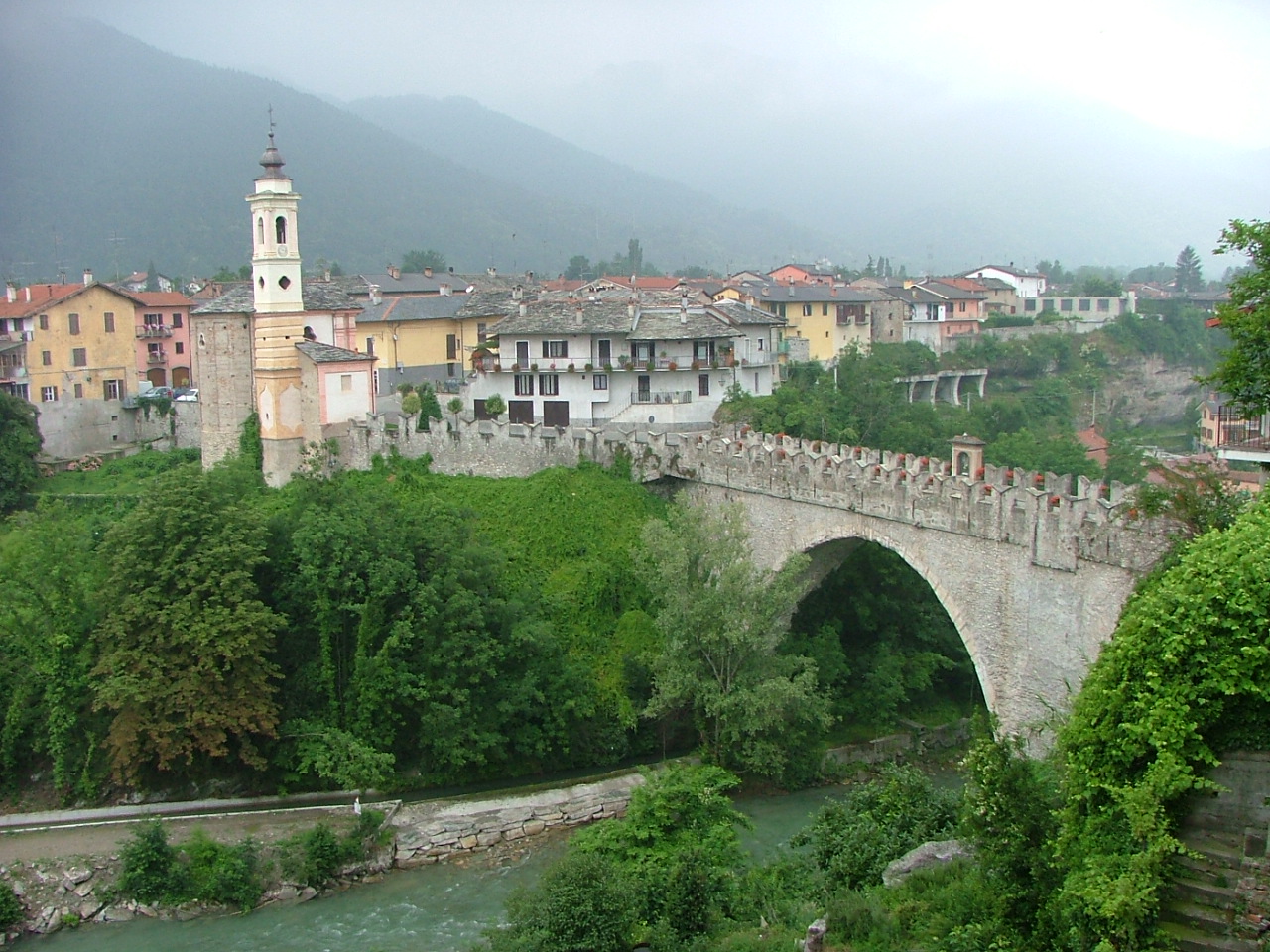 In and around Cuneo
In and around Cuneo
CUNEO, provincial capital and main city of southern Piedmont, apart from good train and bus connections, it does not have much to offer the tourist. Both the modern center, consisting of buildings with simple geometric shapes, as well as dark, and the gloomy remains of the old town, are not particularly interesting. The only monument in the city is a rather uninteresting museum, located in the renovated Gothic church of San Francesco. The museum is located at the back of the bus station. Open only on weekdays. Collections of medieval frescoes are gathered here, traditional folk costumes and kitchen utensils and in addition, historical bike.
Valley
Cuneo is also attracted to a group of valleys located south of the city.. There are popular spas with sources of sulphate water and summer and winter resorts. Vale Stura,due to the rare species of flowers growing there, it is willingly visited by botanists, and Valle del Pesio is most attractive in spring, when the waterfall known as Piss del Pesio looks the most impressive. On the other hand, by train going to France you can pass through the lush green Valle Vermenagna. Getting off in Vernante you can visit the Palanfre Parco Naturale, where at height 3000 meters grows over 650 species of trees and flowers.
Mondoyi: Frescoes, sanctuary and caves
MONDOVI, located half an hour by train from Cuneo, is a special, divided into two parts, City. Lower part, Breo, is a quiet suburb, but the upper part, Piazza, is a not very happy combination of the Middle Ages and mature Baroque. None of them are particularly interesting, but from the city is close to the big tourist attractions, church with fifteenth-century frescoes, beautiful sanctuary and cave.
In Mondovi, the most interesting is the large central square, on which stands a medieval palace with decorative turrets and a seventeenth-century baroque Chiesa della Mis-sione. The interior of this church is decorated with an astonishing illusionist painting by Andrea Pozzo, on which angels against the background of a cloudy sky seem to float in the air. In your free time, you can stroll through the Belvedere garden, north of Piazza. It takes the place of the thirteenth-century church, demolished in its entirety (outside the tower) in the nineteenth century. The surviving campanilla was the place, where an eighteenth-century physicist made various topographic measurements. Currently it is not possible to go out on it, but from the garden there is an equally beautiful panorama, which reaches north to the hills of La Langhe, and south to the foot of the Alps.
San Fiorenzo
One of the attractions of Mondovi is the proximity of the lying 10 kilometers to the northeast of BASTIA, where is the church of San Fiorenzo located, although at first glance it does not look very interesting, however, it contains great, late gothic frescoes. Over the completed in 1472 at least four artists worked with the paintings. These well-known scenes from the life of Christ and the saints are so full of life, that they also absorb today's viewer (especially poignant, hell full of dangerous monsters).
Buses to Bastia run from the train station in Mondovi, but the timetable of return connections is not very favorable. However, if necessary, it is easy to catch on the main road (28encore) Opportunity.
Santuario di Vicoforte
Located in the distance 20 minutes by bus east of Mondovi (buses depart from outside the train station), Santuario di Vicoforte is another popular excursion destination from the city. This stately, boasting supposedly the largest oval dome in the world, Baroque church is, like other Italian churches, most lively on Sundays. Local residents come here not only for religious purposes, but also to visit the restaurants located here in semicircular arcades, candy stores, Gift, and even clothes.
Legend, that the sanctuary was created by a hunter, who during the hunt found an obelisk with a painting of the Madonna and Child. According to another legend, the obelisk was placed there as a votive offering by a poor baker, to whom he did not want to grow bread. In fact, the construction of the sanctuary began at the behest of King Charles Emmanuel I in the year 1598, and completed in a year 1890. The obelisk with the fresco is not displayed anywhere, and having 36 meters in diameter dome rather disappoints. More engaging, though somewhat kitschy, is a local museum. In the labyrinth of halls around the dome and towers there is a rather disorderly collection of various church props. Among the exhibits are m.in. treasures shining with gold and precious stones, liturgical costumes and photographs of the faithful healed in the sanctuary.
Grotta di Bossea
III-XI 10.00-12.00 and 14.00-18.00
Grotta di Bossea, the third of the tourist attractions surrounding Mondovi, is located 24 km south of Vicoforte. This one full of stalactites and stalagmites, waterfalls and lakes cave even has an underground scientific laboratory, caring for the fauna inhabited here (seven rare species). The skeleton of a monster living in a cave is also displayed in the display case.. This Ursius Spelaeus lived here in the period between 25 thousand-45 thousand. years ago, it was two meters high and three meters long. Unfortunately, access to the grottoes without the help of your own transport is virtually impossible, although during weekends, when the most tourists go in this direction, you can sometimes catch an opportunity.